In the audio field, preamplifiers and power amplifiers, including the front of the record player, are familiar to the older generation of audio enthusiasts. However, since the black rubber and record players disappeared in China in the late 1990s, "black glue" appeared. Appreciating the "faults" for about 20 years, most younger generations of audio enthusiasts don't know much about "phono preamps". Few people talk about it. Only a few senior enthusiasts know about this amplifier. Bit by bit. In view of the strong global recovery of vinyl in today's world, in order to facilitate the younger generation of audio enthusiasts can also get more happiness in the process of playing vinyl, it is a bit of a watch preamplifier.
Introduction to the record player preamplifier
A phono preamplifier (also known as a phono preamp) is a type of front-end amplifier between a phono and a combined power amplifier (or front and rear stages). This type of amplifier combines two functions of equalization and amplification to amplify the weak signal of the cartridge, so that its intensity can be enhanced to an output level similar to that of a CD or tape, and the amplified output signal has other characteristics. Can retain the appearance of the original recording. The phonograph is pre-selected according to the type of phono, the way of working, and the use of parts. There are amplifiers for MC (Moving-Coil) moving coil cartridges, amplifiers for MM (Moving-Maganetic) moving magnetic pickups and MI (Moving-Iron) moving iron cartridges; there are full vacuum tubes and full transistor circuits. Mode, there are also mixed circuit modes of both; with or without transformer; active or passive RIAA equalization; difference between built-in or external power supply with DC battery or AC power supply.
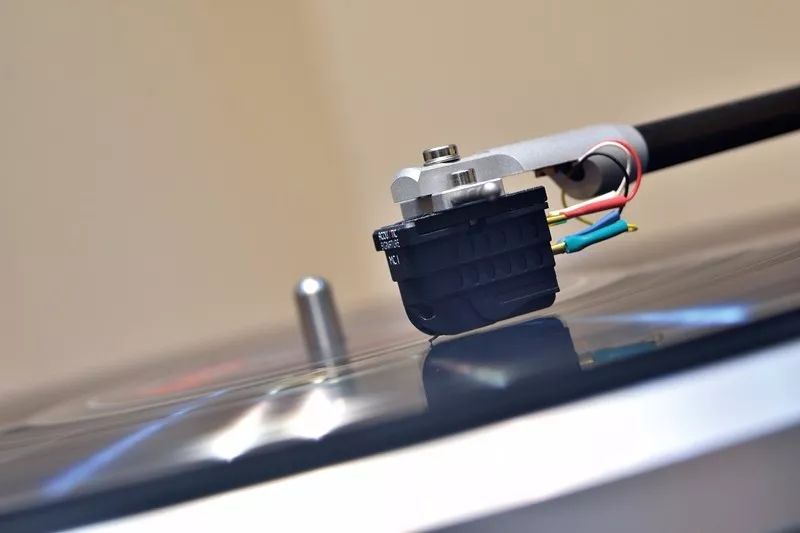
Recorder preamplifier features
The phonograph has different general fronts and has its own inherent characteristics. These distinctive features have created its unique role.
1
Weak signals require a larger magnification
As mentioned above, the phono of the phonograph basically has three kinds of MC moving coils, MM moving magnets and MI moving irons. At present, most of them are moving coils and moving magnets, and there are relatively few moving irons. Its remarkable feature is that the output signal voltage is very low, especially the moving coil is lower. The average output voltage of the moving magnetic pickup is generally around 5mV, while the moving coil is generally only about 0.5mV. The reference frequency of the output voltage is 1 kHz, and its voltage will be 1/10 at 20 Hz; at 10 kHz, the voltage will be 10 times higher. Take the dynamic pickup, the 0.05mV signal output from 20Hz should be amplified until the entire audio system can operate normally. The front of the player must have the ability to amplify the signal by 10,000 times. There are currently two ways to achieve such a large amplification factor. One is to add a step-up transformer in the circuit (whether the core device is a transistor or a tube); the other is to use an operational amplifier or discrete components (transistors or tubes). Produce a phono preamplifier with a strong amplification capability. .
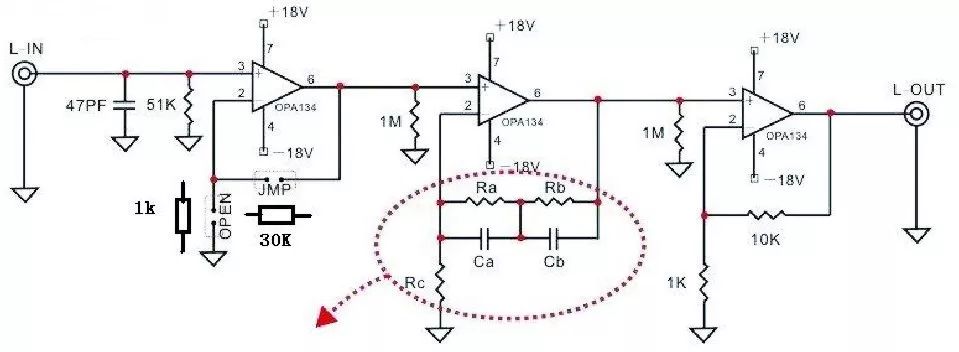
Schematic diagram of some sort of phono preamplifier
2
Equalization process "flattens" frequency response performance
The difference between a conventional preamplifier and the phono preamplifier is mainly because the latter has the ability to amplify weak signals and must also have a frequency response curve correction function. Since vinyl records are limited by the production and playback technology, the frequency of the signal must be increased when the master is produced. Therefore, the pickup picks up almost high-frequency signals. At this time, equalization processing is required to restore the intermediate frequency and the low-frequency to the original appearance. The entire signal is amplified. The current balancing scheme basically refers to the RIAA standard developed by the Recording Industry Association of America for the phonograph preamplifier. Of course, some phonograph preamps support multiple equalization standards.

RIAA graph The solid line is the curve of the recording (the disc), and the dashed line is the reduction curve of the replay.
3
Broadband design enhances the quality of the phonograph front
The use of the broadband design scheme has indeed brought benefits to the front of the phonograph, mainly three points: First, all kinds of noise are suppressed, and the normal sound is purer. It is well known that vinyl vinyl records can easily generate various types of noise such as scratches, squeaks, pops, etc. due to improper storage and use, or long time, or repeated play, etc. These noises pass through the phono (whether The tracking of what type of cartridge) interferes with normal listening, while the wideband front can significantly reduce this type of noise with a maximum output of approximately 58 dB. The second is to faithfully reproduce all spatial information including harmonic overtones. It is also well known that the inherent acoustic characteristics of a vinyl vinyl record is that it can fully display all the spatial information of the music through the many harmonic components retained. Although some frequencies are not heard by us, by processing the characteristics of the music waveform, our The ear can still feel the presence of the musical charm created by the harmonics outside the instrument's precise tone. Third, the high-end frequency will be significantly expanded to the maximum extent while maintaining the low-frequency performance it deserves.
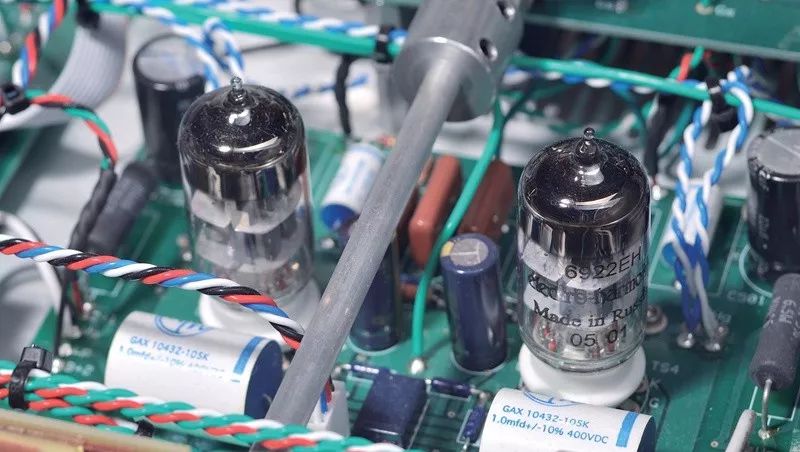
4
Excellent phonograph front-end features
In addition to the above characteristics and quality, there is a lot of worthwhile counts for an excellent phonograph. First, it is easy to achieve accurate level and tone balance, high signal-to-noise ratio and good frequency response. Second, stereo image positioning, band ranking and sound scene depth can be accurately restored; third, excellent rhythm or speed characteristics are obvious, all music rhythm performance can be stepped on the correct pace of sound; fourth, There is no problem: the components in the phonograph's front-end circuit are mismatched or misplaced, causing the bass effect to be unreal, or mismatching with other devices, or uncoordinated mashups that cause the sound to be unnatural, or not pure. Therefore, from the beginning of the phonograph to the end of the speaker terminal, together to create a harmonious sound, the excellent phonographs that join the vinyl karaoke system have contributed.
Recorder Preamplifier Purchase Notice
In order to make the unique sound of the vinyl record smoothly and vividly transmitted to the speaker, a phonograph front that perfectly matches the phono/phono is indispensable, and the correct selection of such a phonograph/head is seamlessly connected and smoothly transmitted to An amplifier that is further amplified by the latter stage is crucial. Because it involves "existing equipment, stylus, adjustment and connection, price" and many other aspects, it is not very easy to choose the right one. Here is a shallow purchase guide for everyone. First of all, it is worth noting that some The English expressions on the outer box, Phono preamp, Phono stage, Phono preamplifier, RIAA preamp or Turntable preamp, are all meanings of the phonograph.
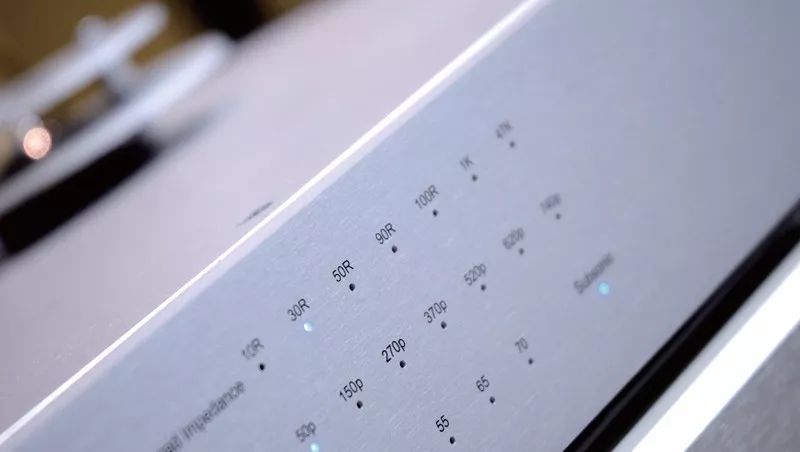
1
First understand the composition of your own audio system
Although many entry-level players often have built-in phonograph fronts, most of these phonographs are only cost-effective and can only meet the general listening needs. Many high-end players today usually do not have a built-in phonograph front-end. For this reason, it is necessary to purchase a high-quality sound that can make vinyl vinyl reverberate at home, and the high-fidelity Hi-Fi system lacks the front of the phonograph.
Before buying, consumers must first know what their own record player is? Is there a replaceable second type of cartridge (such as a moving coil and a magnetic pickup) due to the personalized preference of multi-timbral? I want to add a phono-type front-end phonograph front-end; secondly, whether the existing amp (whether it is a pure audio model or an AV mixed audio and video model) has a phono input interface; third, understand clearly What is the output voltage and output impedance of the cartridge, whether the input voltage and impedance parameters of the player to be purchased are matched, and whether the parameter setting can be performed. Once the matching is biased, the system cannot provide a satisfactory sound effect.
2
Be sure to pay attention to the amount and value that can be adjusted when making your selection.
In order to facilitate the user to play the proper performance after adding the player to the system, the manufacturer often adds many functions for the user to choose or the parameter values ​​that can be set in the circuit design. The more settings can be adjusted, The wider the range of values, the greater the room left for the user to choose freely. In other words, the greater the likelihood of achieving the best match, the better the sound from the terminal speakers of the entire sound system. Most mid-to-high-end phono preamps typically provide gain, or level adjustment, and are also accompanied by a manual switching adjustment of the MC/MM cartridge type in the hybrid model. Some high-end phono preamps also include capacitance adjustment and impedance adjustment for further fine-tuning of the sound, and some expensive top models still have the option to upgrade the system components at any time. It is worth noting that, considering the different levels of users, the acceptable price is not the same, the simple adjustment and complex adjustment of the player front, and the adjustable items vary, the range of value selection is wide and different models are available. .
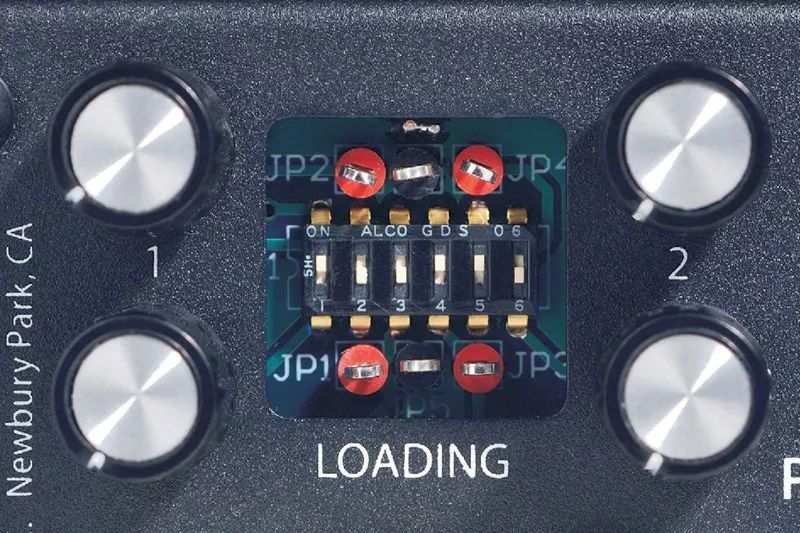
A jumper with a parameter adjustment phono front
3
Each has its own merits and can only be selected as needed
Dedicated to the moving circle, or dedicated to the magnetic field, or the service of the two players in front of the market, objectively speaking, it should be different. The technical advantages of the moving coil are: first, the low moving mass enables excellent high frequency characteristics; second, the low inductance of the lower number of coils causes the high frequency to further expand to the higher end; third, its low power supply impedance is not easy to Radio frequency interference is generated on the cable connected to the front of the player. The characteristic of the moving magnet is that the output signal is stronger than the moving coil, and the requirement for the gain of the subsequent amplification stage is lower. Only a small amplification factor is needed, and the circuit is relatively simplified, which means that the cost is reduced, so the magnetic singer is placed. The price is generally lower than the dynamic circle. In addition, the insensitivity to radio frequency interference makes it less demanding on the signal lines used, as long as appropriate shielding measures are taken. However, if you use a wide-band player to connect any type of cartridge with a moving coil cartridge or a magnetic pickup, be sure to use a high-capacity cable, otherwise the operation of the broadband front will be affected; The frequency response characteristic of the moving magnetic pickup deteriorates.
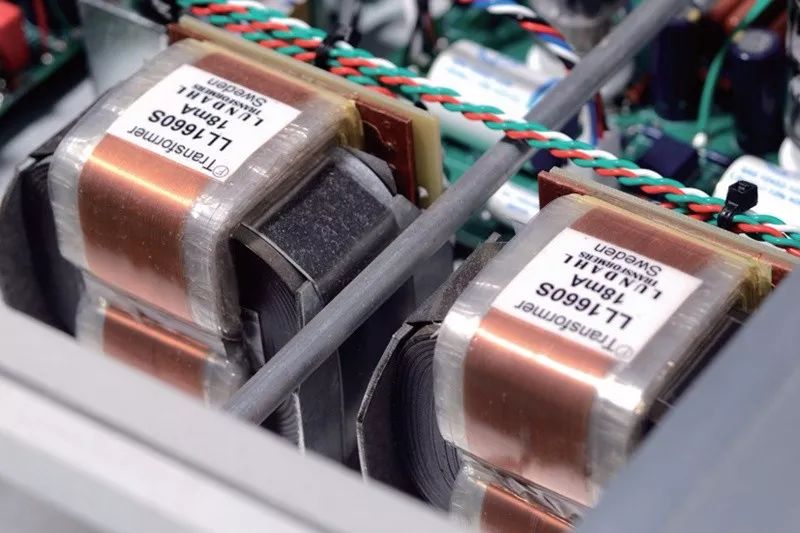
LUNDAHL LL1660S step-up transformer used in front of a record player
Street Lighting Poles,Street Lamp Post,Street Light Post,Street Lamp Pole
Jiangsu Baojuhe Science and Technology Co.,Ltd. , https://www.galvanizedsteelpole.com